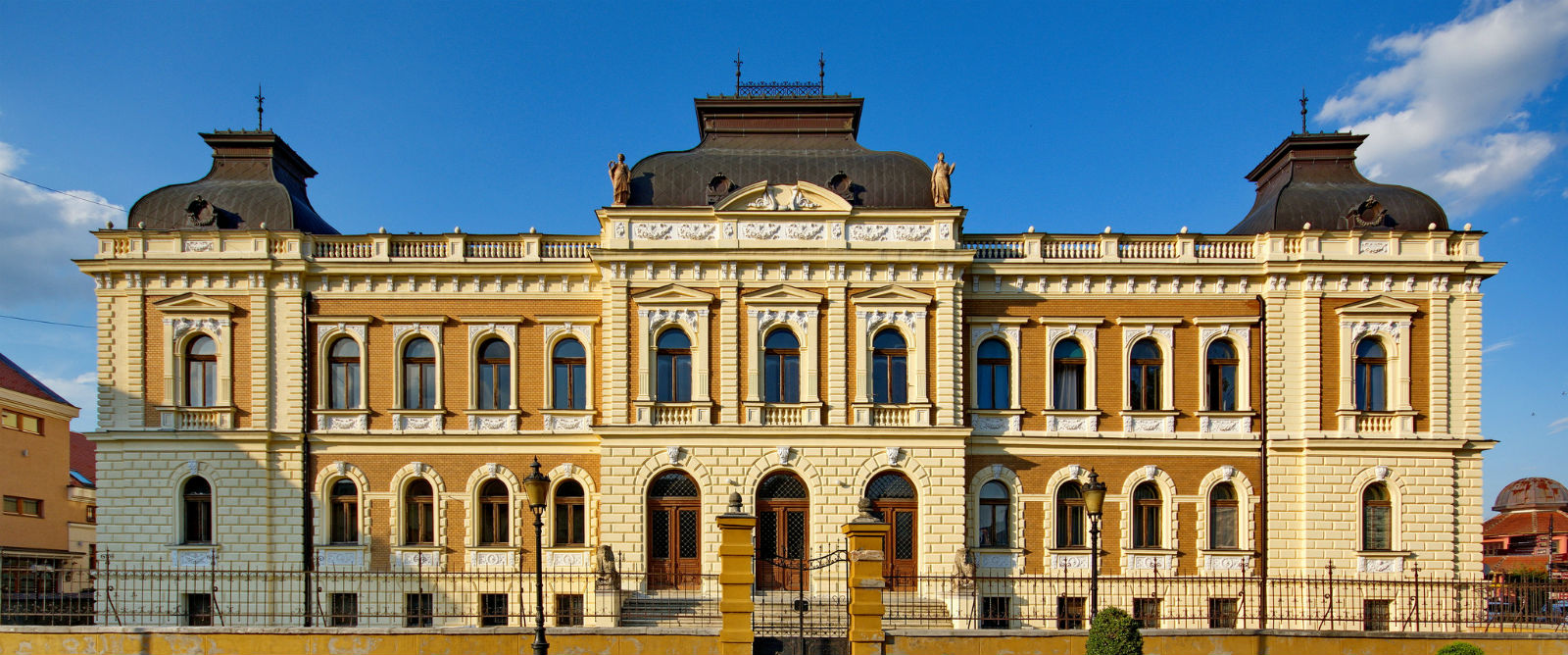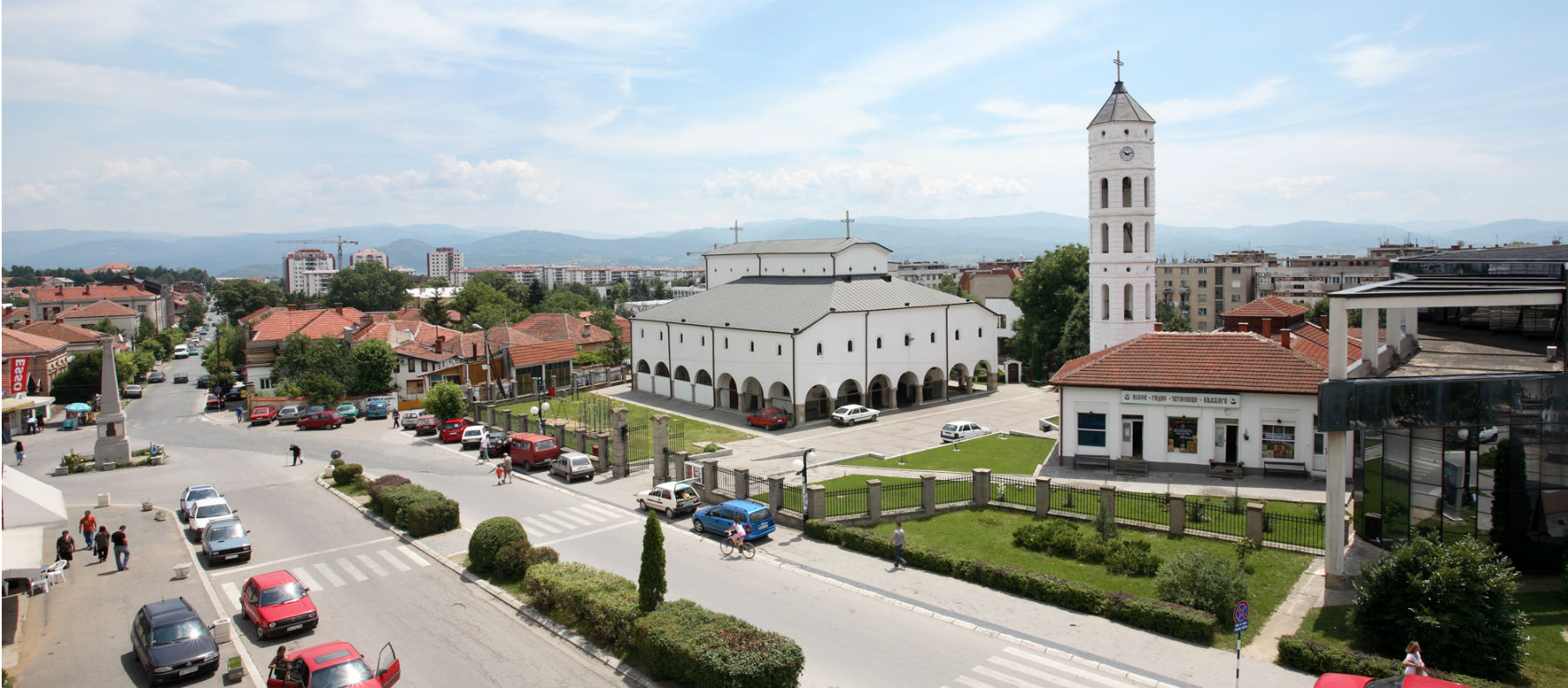Historical occurrences made Kruševac one of the most important Serbian cities. Made out of river stone, it was built by Prince Lazar as his capitol city, whose remains together with church Lazarica in its center are forever imbedded as symbols of Kruševac.
Besides, a vast number of ancient monasteries and two medieval fortresses surround Kruševac making it quite interesting for tourists.
Kruševac came to be in splendid natural surroundings. On the north it is bordered with West Morava, on the south the richest Balkan mountain in forestry and green – Jastrebac, while on the south-west Kopaonik’s slopes descend towards it, diminished only by the valley of river Rasina.
About city’s creation
Long have Prince Lazar and Princess Milica searched where to build a new capitol. According to the folklore, they spend one night on a West Morava river’s hillside. That night Princess Milica dreamt of a vision, a premonition per se, of Stefan Nemanja, who told her to build the new capitol right there on that exact spot where they fell to their peaceful slumber. And so it was.
History however claims that Prince Lazar, aware of his state’s vulnerability and threats Turks opposed, decided to build the capitol right here, moving it away as far away as possible from their path of destruction. However Turks invaded several times this city and named it “Aldza Hisar”- Multicolored City, also for its river stones.
Surrounded with eight monasteries, of which six originate from the late Middle Ages (Drenča, Ljubostinja, Naupara, Rudenica, St Roman, Veluće) and the other two originate from the end of the 19th century and the beginning of 20th century (Đunis and Mrzenica). The city center is adorned by the church Lazarica from the 14th century and the Temple of Saint George from the beginning of 20th century. Besides the monasteries, in Kruševac’s vicinity are also medieval fortresses Maglič and Koznik.
Even though it is speculated that namesake settlement existed 60 years before that, Prince Lazar started building Kruševac in 1371 out of multicolored river stone called “krušac”, of which city was supposed to be named after. Even today there are many symbols in Kruševac which bring you back in times of Battle of Kosovo and its heroes. Nearly every city manifestation is somewhat centered around the spirit of age that came to pass.
“Lazar’s City” is still attracting the biggest guest turnout of Kruševac. Of this 14th century fortress remained preserved the Donžon tower, the main city defense tower 60 feet high. Still, the most beautiful and dazzling construction of this era, also a part of “Lazar’s city” is the church Lazarica, the shiniest pearl or Moravian architecture.
The church Lazarica was built glorifying the birth of Prince Lazar’s firstborn son Stefan, in the Byzantine and Moravian architectural style with a fresco done in a Baroque painting style. “Lazar’s City” is adorned with a monument of Prince Lazar put up in 1971 during the celebration: “Six Centuries of Kruševac”.
Next to the monumental fortress, there is the building National Museum, founded in 1951. There are kept valuable collections in which are chronologically distributed materials starting with the ancient history, accentuating Middle Ages and the time of Prince Lazar and despot Stefan. The visitors’ attention is mostly captured by the copy of Lazar’s dress, as well as the original model of Meštrovic’s St Vitus Temple which was supposed to be erected where Battle of Kosovo took place.

Another one of city’s symbols is the Monument to Kosovo’s fallen heroes, is a masterpiece of famous sculptor Đordje Jovanović, who was awarded with the golden medal of the first order on a World Expo in Paris in 1900 for his work done in a style of French Academic Art.
Dominant composition was of Boško Jugović’s fairy. The figure of fiddle player represents the epic battle of people, and the figure of a maiden on the south side personifies Serbia.
One of the most famous contemporary Serbian painters, Milić of Mačva, gave to Kruševac a legacy with over a 120 paintings with motifs from the Serbian history beginning with Stefan Nemanja, all the way to the modern ages while accentuating the Battle of Kosovo.
Gallery with its permanent exhibition is overlooking the park where “Lazar’s city” is at, which was the painter’s idea after all.
The most beautiful building in Kruševac is surely the City House built before the WWI, done in a neoclassical manner , and is a place where today the municipality is situated in. Its interior was adorned with a sculpture made by a Croatian sculptor Ivan Rendić where a girl from Herzegovina weaves a wreath, and as well as the Mosaic Hall where walls depict a life of a Moravian Serbia done in mosaic.
In city’s woodland area, in a place where occupying forces shot fighters and hostages in a WWII, there is a monumental park “Slobodište”, the greatest memorial complex in Kruševac’s area, built in 1965.
Among other notable landmarks whose sightseeing can fill up a whole day in this Central Serbia’s town, Kruševac offers numerous places for relaxation, rest and leisure.
How to get to Kruševac?
Kruševac is located in the central part of Republic of Serbia, 120 miles away from Belgrade. The fastest way to get to Kruševac from today’s capitol is by a highway E-75 towards Niš, so for Kruševac you only have to follow the exits after Paraćin. From the highway exit until your destination you have to travel another 15 miles.
From all the major cities to Kruševac there are frequent bus lines, and to reach this city you can also use the Railway.
While you are here, do not miss…
The Simic’s house, one of the oldest preserved buildings in Kruševac.
Visit the Jastrebac and Kopaonik mountain resorts, as well as Ribarska banja (Fisherman’s Spa).
Go on a tour of Rasina county monasteries and fortresses.
St Vitus festivities in June.
Related Articles

Čačak: Serbia’s Open-Air Gallery of Murals
December 19, 2025
Belgrade in December: A City of Lights, Warmth, and Holiday Magic
December 5, 2025
Belgrade Among Lonely Planet’s Top Experiences for 2026
November 14, 2025





























